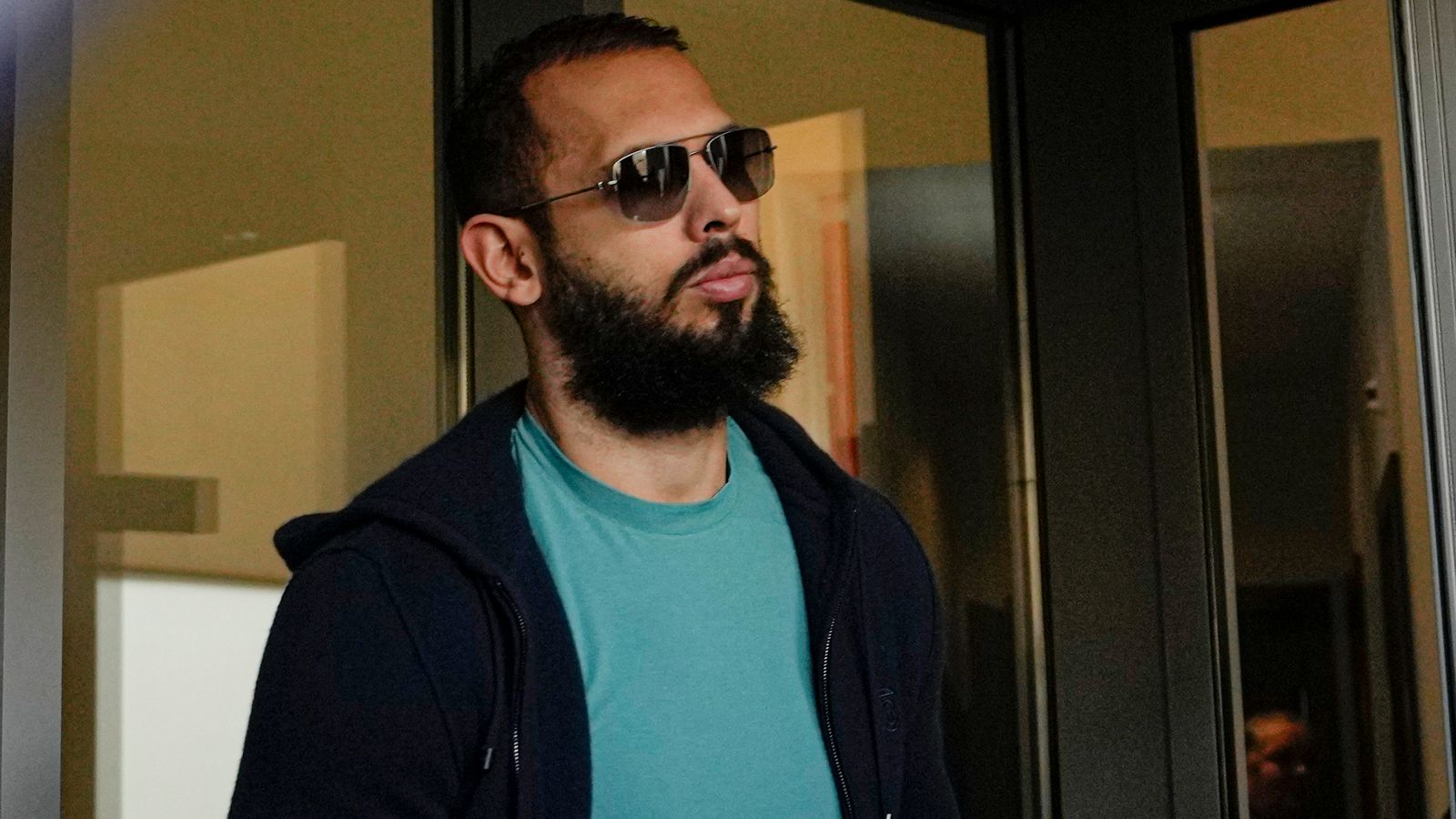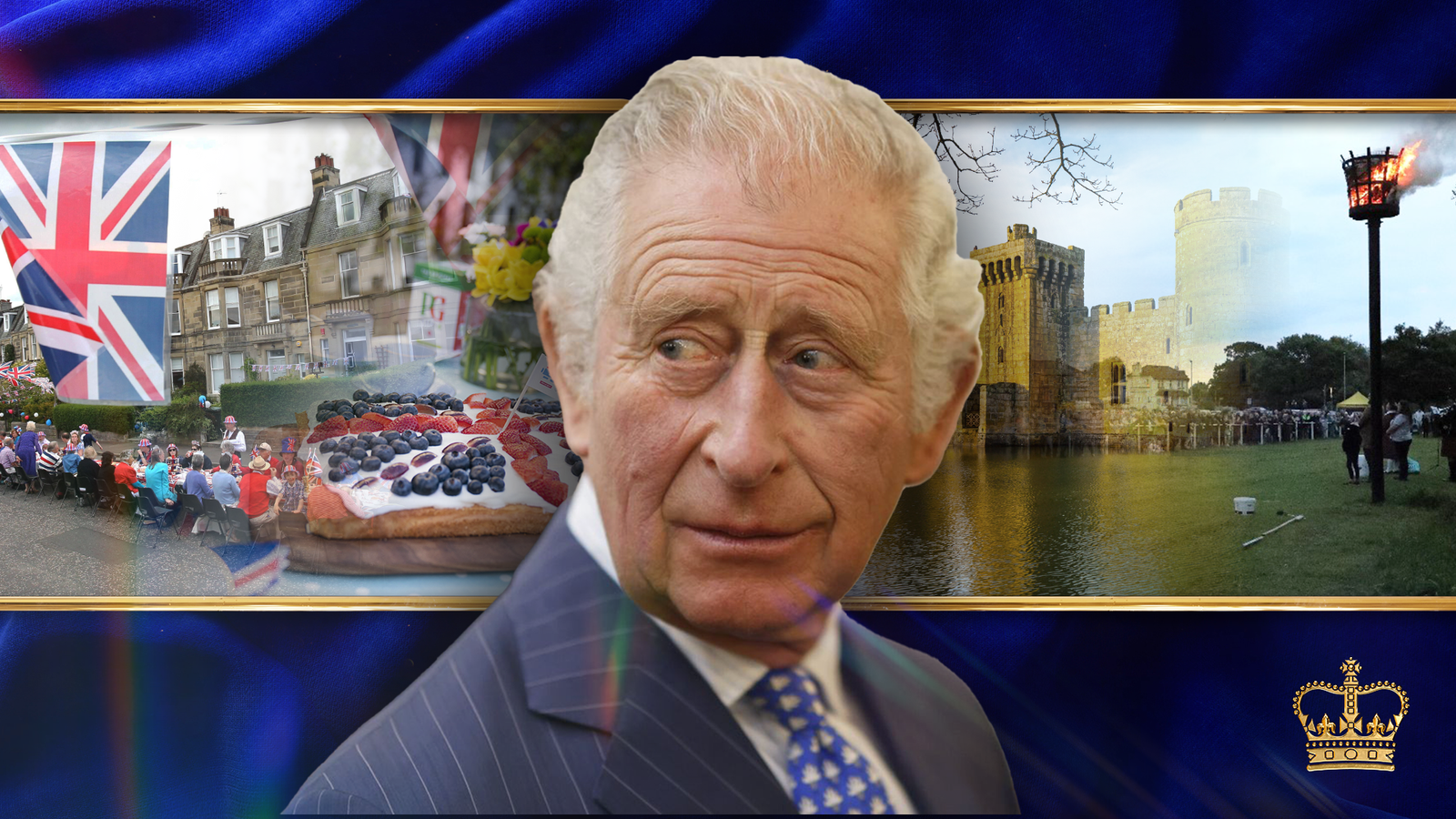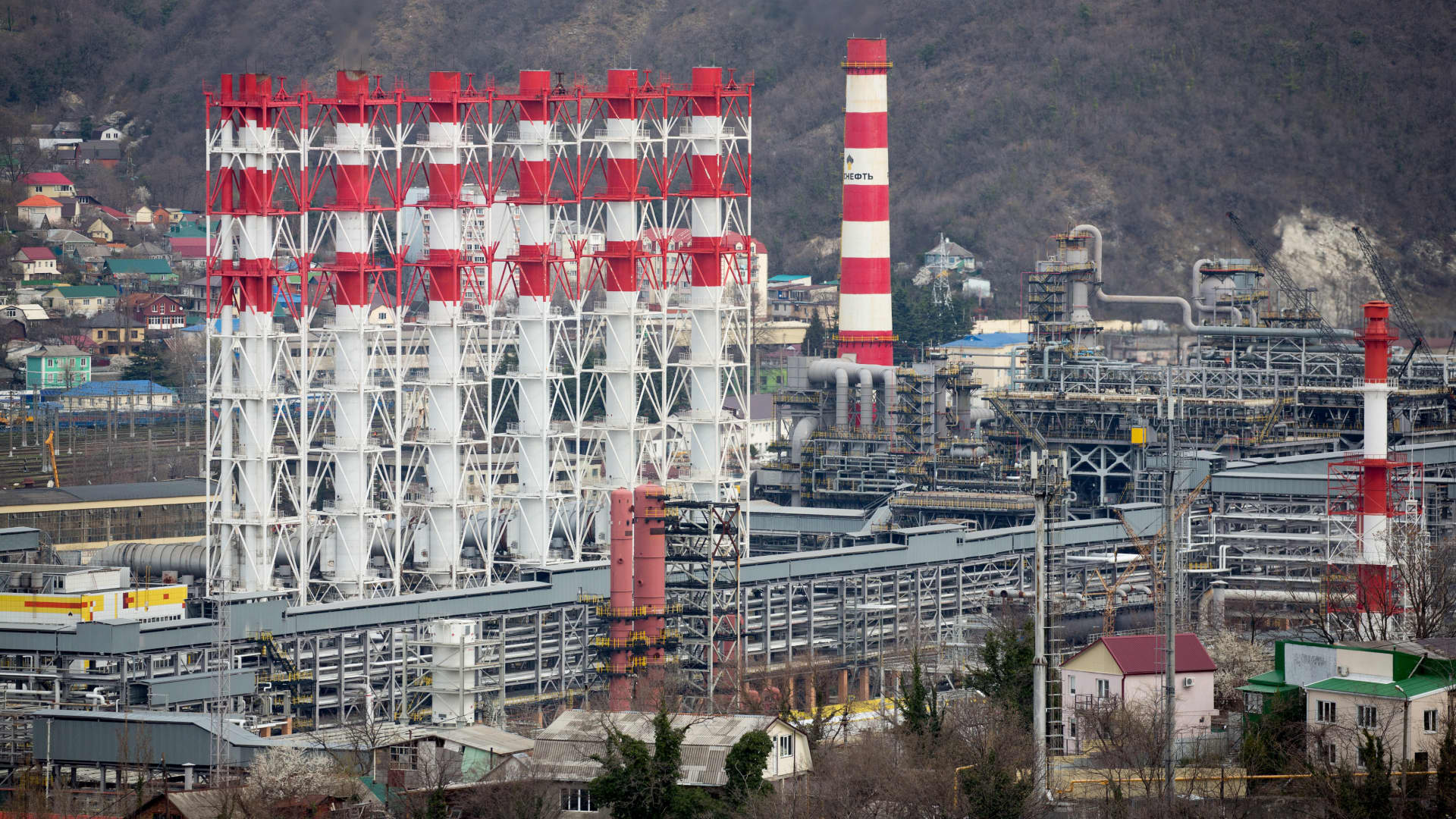The Sunshine State has set some ambitious targets in its efforts to go renewable. The state government target is 50% by 2030. RenewEconomy’s live feed indicates that as of 12 noon, the state is living up to its nickname, with 30% of its electricity coming from the sun. Still in the pipeline are wind farms which will balance up the nighttime load.
The government is aiming for 30% reduction in emissions below the 2005 level and net zero by 2050. Queensland has Australia’s only publicly owned renewable energy company Clean Co. Note that the Federal government of Australia still has not committed to this net zero target.
Queenslanders enjoy the world’s longest network of electric vehicle chargers (codenamed QESH). Eighteen new chargers are due to open soon — these will be built in inland towns to encourage electro tourism, extending the length of the highway to 3,800 km. I have sometimes wondered if there are more electric vehicle chargers than vehicles. I am assured by Transport Minister Mark Bailey that since 2017, vehicle numbers have grown 1,037 per cent — from 417 to 4,743. And that was to June 2021, just before the Tesla Model 3’s end-of-quarter rush.
Q Fleet, which manages the procurement of vehicles for use by the public service, is committed to doubling the EV fleet each year for four years. That would mean that they should have reached 144 vehicles by now. Unfortunately, they have only put 81 into service and these are mainly PHEVs. However, this is a rapidly changing field with several compelling BEVs coming into the Australian market this year.
Several years ago, Queensland tried to change the message on its vehicle license plates from “The Sunshine State” to “The Smart State.” It didn’t work then, maybe it will now.
Sources: Queensland government; Infrastructure Magazine
Featured image credit: Vestas Wind Systems A/S




